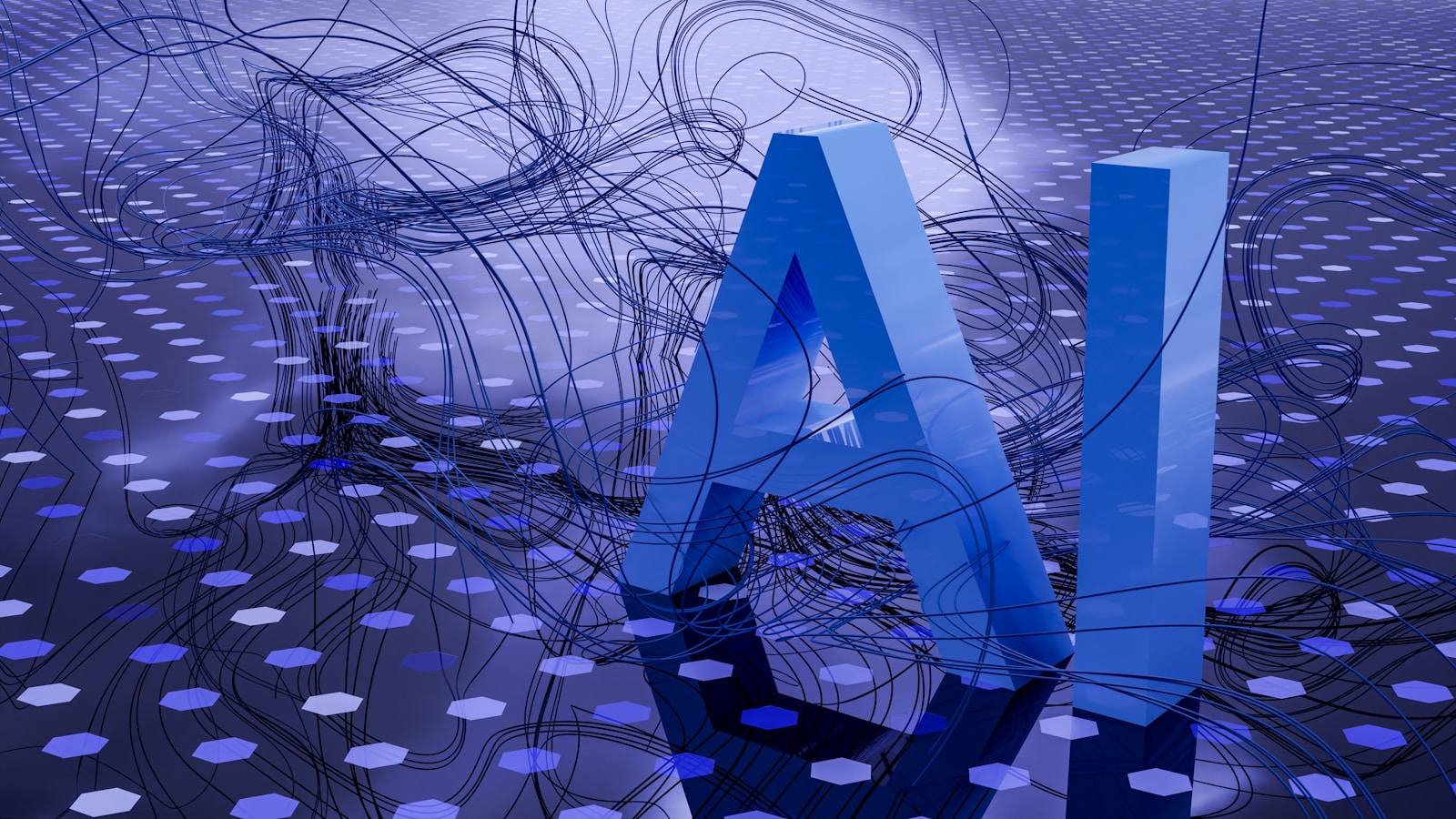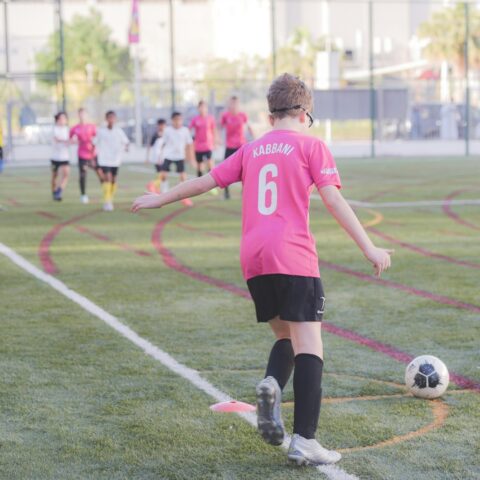IP Rights In The Age Of AI – A Legal Perspective On The Ownership Of AI Content

With Artificial Intelligence being increasingly part of everyday human life all over, one cannot help but notice its dominant use in legal research, business, medicine, education, social media, and notably in artworks. However, most jurisdictions across the globe lack a well-defined legal framework to accommodate and regulate AI. Moreover, the unprecedented advancement of AI usage and the resultant AI-generated works raises a big question: Who has ownership over these AI creations?
Table of Contents
What includes AI-Generated Content?
Artificial Intelligence programmes function upon huge machines installed with immense amounts of existing data and patterns, through which they compute appropriate outputs, typically in reply to a text stimulus provided by a human.
When novel content and creative work, such as written texts, videos, code, images, lyrics, literature, etc., are produced through generative AI applications such as Chat-GPT without human contribution, then such work is considered to be AI-generated content. Thus, AI-generated content would mostly come under:
- Text Content – Articles, short social media posts, blogs, emails, marketing content, etc., drafted using AI tools that use information synthesised across various sources. These tools can also effectively and promptly generate poems, stories, and other literary works that are novel.
- Visual Content – Visual content includes AI-generated images and videos with effects and enhancements based on your text prompt.
- Audio Content – Voice-overs, podcasts, and music tracks can now be easily created using AI assistance. These tools can even produce the natural sounding voices of real people.
AI and Intellectual Property Rights (IPR)
Intellectual property rights are the exclusive legal rights granted to individuals or organisations for their creations. With AI demonstrating heightened capabilities in mimicking human minds and creating even personalised works, factors like originality and ownership of these works are questionable. This, in turn, poses a significant challenge to the conventional understanding and regulation of intellectual property rights, including patents and copyrights.
AI and Copyrights
Copyrights are the IP rights that grant a creator of original literary, artistic, musical and dramatic works the exclusive right to use and distribute them. Landmark cases, such as Bleistein v. Donaldson Lithographing Company, 188 U.S. 239, have long ago emphasised the significance of human creativity and involvement as a prerequisite for copyright protection by differentiating between human and artificial works.
When AI creates works, it raises the question of who should be considered the author. Most globally prevailing IP laws lack provisions to address AI creators and their creations, potentially leading to uncertainty and exploitation of such works.
AI and Patents
Patents are IP rights that protect inventions by granting the inventor the exclusive right to prevent others from making, using, selling, or importing such invention, for a period of time. Patentability of an invention requires it to meet certain essential elements. In some places, a concrete idea must go through a ‘conceptual stage’ to qualify as an invention. However, in the case of an AI-generated work, while these works seem novel and non-obvious, the process of conceiving and curating such an idea into an invention in the human mind is obviated.
Thaler v. Vidal 43 F.4th 1207 (Fed. Cir. 2022) serves as a landmark case that addressed the issue of whether an AI software is eligible to qualify as an inventor under the US Patent Act. In the instant case, the Patent was sought for inventions created by an AI tool called DABUS (Device for the Autonomous Bootstrapping of Unified Sentience), which was ultimately rejected by the United States Patent and Trademark Office (USPTO). The court held that the prevailing patent system does not intend to deviate from the notion that by the term ‘individual’ in the Patent Act, only natural persons can be inventors.
The principles established in Thaler’s case are followed in most foreign jurisdictions including Australia, the European Union, Germany and the UK.
AI and Trademarks:
A trademark can be nearly anything – an image, a sound, even a gesture – so long as it is capable of distinguishing products or services of one source from another. Trademarks are the badge of a brand and have a deep impact on branding, marketing, and product differentiation.
AI applications indiscriminately process information, without being able to distinguish protected and non-protected content, and in doing so raise the risk of trademark or copyright infringement. For instance, a generative AI system might produce a brand name or product tagline that inadvertently copies an existing trademark or copyrighted work.
AI-Generated Works and its Ownership
Originality carries immense importance in IP laws. For a work to qualify as original, the work must be an owner’s own intellectual creation rather than taken from other sources. Establishing ownership of AI work is challenging. With unprecedented applications of AI, different models of giving ownership of works created by AI have arisen:
- AI as the Owner – One of the many propositions on this issue is that AI itself can be deemed as the owner of its creations. However, the present laws, including the Berne Convention, are designed to extend IP protection only to human authorship and inventions.
- AI Developer as the Owner – Recognizing the entity or the individual who developed the AI system as the owner of the creations is another view. Here, the AI developer who curated algorithms and trained the system becomes the ultimate creator.
- User as the Ultimate Owner – It is the user who provides detailed prompts and guidance in generating the output using the AI. Hence, this model recognizes the user who interacts with the AI system to generate content as the owner.
- Joint Ownership – This approach calls for a joint ownership between the developer and the user, recognizing the significance of the contributions of both parties in generating an AI output.
- No Ownership – Most prevalent contention is that AI-generated content must be treated as public domain materials and hence cannot be protected under IP laws. However, this approach can curtail investments and creative innovations in AI technology.
Ownership of AI generated works in US, EU and UK
In jurisdictions like the United States, the ownership of a creation is still rooted in human authorship. The US Copyright Act, US Copyright Office Guidelines, and the views of the US Courts in landmark cases like Thaler v. Vidal, expressly state that IP protections do not extend to works produced by non-human entities like the AI. In cases where AI assistance is sought in creation, however, if sufficient human involvement and creative control can be drawn, then such work may qualify for copyright protection.
The European Union introduced a comprehensive framework, the EU AI Act, making it the first of its kind to deal with the risks of artificial intelligence. The Act come with the objective of safeguarding the fundamental rights of the people while enabling innovations in AI. However, IP laws, like copyright laws, still emphasise human ownership, hence aligning with the views of the US.
A more flexible approach is taken by the UK, wherein its copyright law extends its protection to computer-generated works by enlarging the scope of an ‘author’ as the person who made the arrangements necessary for the creation of the work. For instance, if an AI output is a co-creation of a human and an AI tool, where the human has made a substantial and sufficient contribution, the human creator will be considered the author. In cases where the work is solely an AI-generated creation as a response to a simple prompt, without human involvement, such works can only be protected as a computer-generated work under the UK copyright law.
Conclusion:
As AI continues to evolve and integrate deeper into our lives, especially in the realm of intellectual property, it’s clear that existing laws based on traditional human authorship are no longer enough. Without updated and well-defined legal frameworks, we risk not only stifling innovation but also increasing legal uncertainty and IP violations. Moving forward, we need adaptable legal systems that can keep up with the fast pace of AI development while respecting the balance between technology and traditional rights.
Contributed by – Kripa Mariya
By entering the email address you agree to our Privacy Policy.



